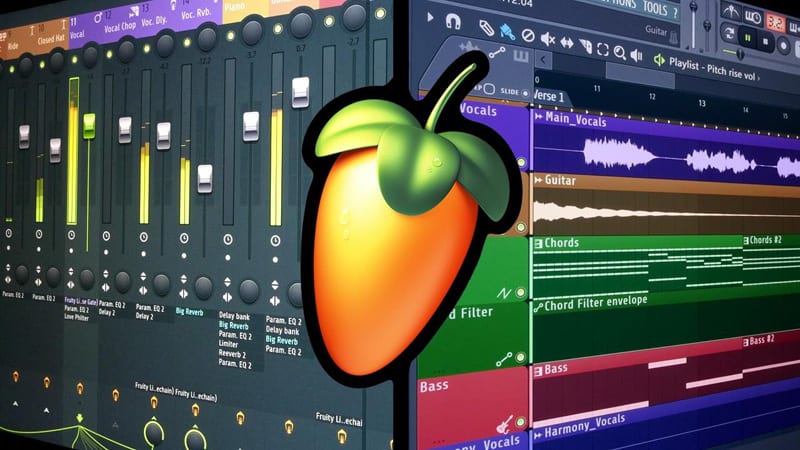Top FL Studio keyboard shortcuts to master for a fast workflow
Work faster and more efficiently in your DAW by getting used to shortcut keys in FL Studio.
When you’re in the creative flow making music in your DAW, knowing shortcut keys makes moving your mouse and clicking seem like moving at a snail’s pace. It seems obvious, but keyboard shortcuts in FL Studio really help speed up your workflow. After a while they become second nature for producers, just like how you copy and paste text without a second thought.
It’s almost like your computer keyboard becomes a musical instrument itself – something about the immediacy of hitting hotkeys gets you closer to the artistic process of producing. All the keyboard and mouse shortcuts for FL Studio can be found within the DAW software manual, with substitutions for Mac users, but read on for some quick examples of shortcut keys to get you started.
F Keys
F1 – Pulls up the FL Studio reference manual. Before searching YouTube for a fix to your problem, check the manual and chances are it can be found there.
If you click on a section and press F1, the help for that specific section will appeal.
F2 – To name pattern and assign colour
F3 – Open file window
F4 – Create a new pattern in the channel rack
F5 – Collapse/bring up the playlist window
F6 – Open/close the channel rack
F7 – Open Piano Roll
Ctrl + F8 – Pattern picker
Channel rack
Select multiple channels by holding down shift and clicking so the channels turn green.
Shift + Ctrl + R/L Arrow Key moves the channel steps sideways in the sequencer whilst keeping their position from each other, so that you can move multiple steps and keep the rhythm.
Piano Roll shortcuts
Alt + Right Click on note/group of notes – Play from that point.
Ctrl + A – Selects all the notes in the piano roll. No more clicking and dragging, or scrolling but still ending up missing a couple of notes.
Ctrl + Up/Down – Moves the selected note up or down an octave. You can create basslines in this way, and change up the spacing of your sounds.
Shift + Up/Down – Transpose a selected note by semitone.
Shift + Left/Right – Shift the selected note left or right, to change up the rhythm.
Try making your notes legato so that they connect smoothly from one to the other. Ctrl + L makes the notes connect to each other. Shift + D meanwhile shortens the notes, making them staccato.
A quick chop shortcut is Ctrl + U, slicing your selected notes into 1/16ths.
Quantize your notes immediately by hitting Ctrl + Q, moving your notes to the closest beat to keep everything in perfect time. There’s nothing worse than something being just slightly off.
Playlist shortcuts
Hover over each tool to see the keyboard shortcut appear in the Hint box:
P – Draw Tool
D – Delete
S – Slip Tool
T – Mute
B – Paint Tool
C – Slice Tool
E – Select
CTRL + C and CTRL + V – Copy/Paste, the same as with lots of apps. Pasting randomly drops your selection into the track, so if you want to duplicate something over to the next available slot on the track, Ctrl + B is what you’re after.
Ctrl + Mouse Scroll for horizontal zoom, Alt + Mouse Scroll for vertical zoom.
Right Click + I – Insert a new track.
Right Click + G – Group a track with the track above.
Mixer shortcuts
Alt + L – Highlights which instrument or sample is being sent to the channel at a glance.
Select a channel and Ctrl + L – Sends the channel to the mixer and copies the name and colour.
Check out the full FL Studio manual and get those shortcuts memorised. Use DAW hotkeys often enough and your fingers will soon be moving to the keyboard shortcuts before your brain even has time to catch up.
Do you have a favourite FL Studio tip or trick? Let us know in the comments.
